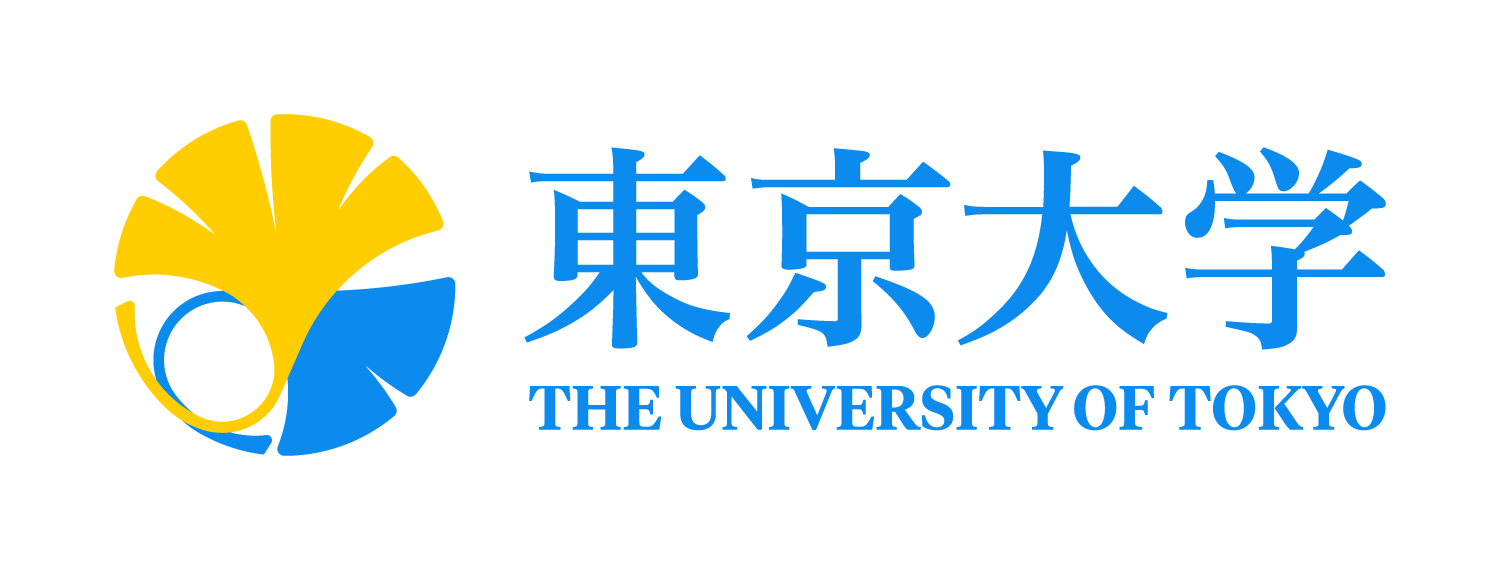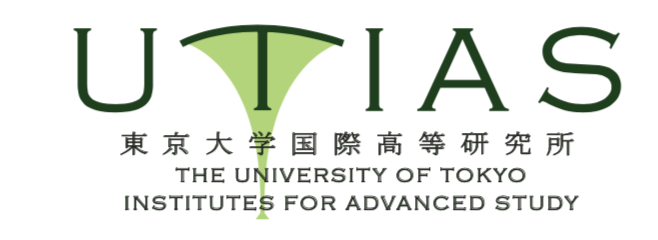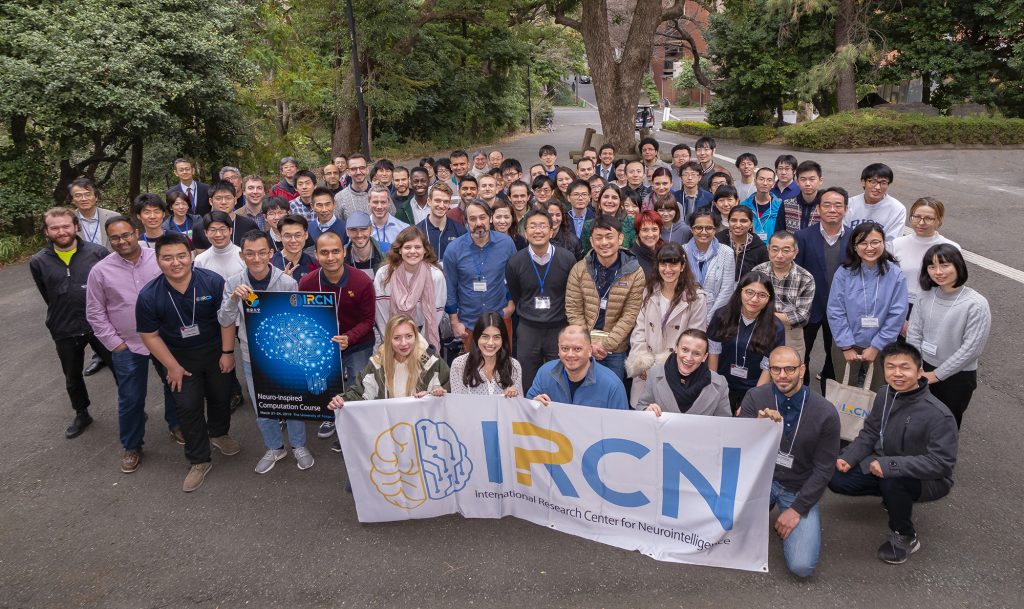 In a verdant setting in the University of Tokyo Hongo campus, overlooking a forested pond and with the meditative intensity of a neighboring Zen archery studio, scientists from 16 countries gathered to learn from global experts how to create synergy between two of the hottest research fields in the last decade, computer science and neuroscience.
With 29 international students, 69 UTokyo students and researchers, and 18 teaching faculty, the inaugural IRCN Neuro-inspired Computation Course transpired in 4 days from March 21-24, 2019 at Sanjo Kaikan Hall and nearby IRCN meeting spaces. The course consisted of lectures interleaved with posters and breakout discussion sessions.
The students heard from a broad expanse of frontier fields including brain and computer architecture, dynamical neural networks, machine and deep learning, brain development and disorders, and reinforcement learning. Many lecturers covered multiple areas giving an interdisciplinary focus to the proceedings and enabling bridging between disciplines.
In a verdant setting in the University of Tokyo Hongo campus, overlooking a forested pond and with the meditative intensity of a neighboring Zen archery studio, scientists from 16 countries gathered to learn from global experts how to create synergy between two of the hottest research fields in the last decade, computer science and neuroscience.
With 29 international students, 69 UTokyo students and researchers, and 18 teaching faculty, the inaugural IRCN Neuro-inspired Computation Course transpired in 4 days from March 21-24, 2019 at Sanjo Kaikan Hall and nearby IRCN meeting spaces. The course consisted of lectures interleaved with posters and breakout discussion sessions.
The students heard from a broad expanse of frontier fields including brain and computer architecture, dynamical neural networks, machine and deep learning, brain development and disorders, and reinforcement learning. Many lecturers covered multiple areas giving an interdisciplinary focus to the proceedings and enabling bridging between disciplines.
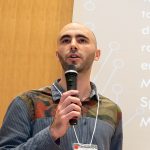
“There are people who work on everything here. It's not only that you have speakers in different fields but they work across different fields. They are used to switching”. Pau Vilimelis Aceituno, PhD student, Max Planck Institute for Mathematics in the Sciences
Takao Hensch opening @IRCN_UTokyo's Neuro-Inspired course! #IRCN_NeuroInspired19 https://t.co/VNIg1dKVpI pic.twitter.com/BjPk9A23ta
— Nima Dehghani (@neurovium) March 21, 2019

Day 1 included student introductions and lectures in brain architecture and brain dynamics. Partha Mitra delivered a riveting opening talk that captured the current excitement surrounding the fusion of neuroscience and AI fields, and his personal journey from physics to mapping brain networks with high-resolution microscopy. “The difference [between artificial and real neurons is that the real] neurons have spontaneous dynamics. If they are sitting there, they are doing something.” Partha Mitra, Cold Spring Harbor Laboratory
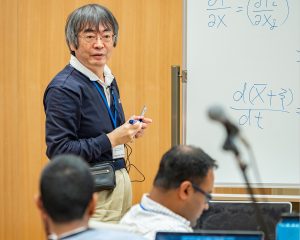
“Our work is about the mathematical modeling and the analysis of dynamics in neural networks, and how to apply these models for prediction in healthy and disease brains.” Kazuyuki Aihara, The University of Tokyo
Learning models were the topic of Day 3 Kenji Doya and Daniel Brunner described the current interest in reinforcement learning, while Graham Taylor and Masashi Sugiyama covered the prospects in deep machine learning for building better performing machines.Check out this video and paper!https://t.co/s8rpC2mn8j pic.twitter.com/jFqNfUHhkK
— IRCN_UTokyo (@IRCN_UTokyo) March 22, 2019
Three poster sessions allowed time for interaction between course participants, and on Day 1 and Day 3 students met with breakout session mentors Jon Schneider and Michele McCarthy, and heard a lecture by Nima Dehgani, to gain experience on Day 4 with building models and envisioning team collaboration by assembling reports on potential team projects.Good read on historical interactions between the AI and neuroscience: "Neuroscience-Inspired Artificial Intelligence" @demishassabis et al.#IRCN_NeuroInspired19https://t.co/vDcAG8mzF3 pic.twitter.com/2zaJl0Pvda
— Suzana Ilić (@suzatweet) March 23, 2019
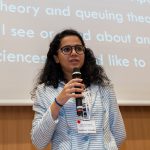
“I got to talk to so many people who, like me, were trying to move from one field to another. Mapping between the machine learning and brain science area, I would like to try something like that in my institute.” Sandyha Tripathi, PhD student, Indian Institute of Technology-Mumbai
Course participants also had time for fun, with many visiting Japan for the first time. Trips around Tokyo such as late night “electric town” Akihabara, the 5 am Tsukiji fish market tour, IRCN cruise on the Sumida river past SkyTree tower, and Imperial Palace. Warm weather and early cherry blossoms lent a seasonal coloring to the Tokyo backdrop.Today I had the chance to present my research at #IRCN_NeuroInspired19 at the University of Tokyo. Many interesting questions and useful feedback on my work. @IRCN_UTokyo #phdlife #WomenInSTEM pic.twitter.com/4GOVP1yiIq
— Arta Cika (@cika_arta) March 22, 2019
The students and lecturers agreed that the course was an important step toward raising awareness for neuro-inspired AI, leveraging the remarkable efficiency of the human brain that current AI cannot touch. Building from principles of brain development, IRCN will help researchers around the world work together to build novel AI for science and society.At #Kaminarimon before the cruise!#IRCN_NeuroInspired19 pic.twitter.com/fGnAroWzAB
— IRCN_UTokyo (@IRCN_UTokyo) March 22, 2019
 Please check the IRCN website for the next course announcement. Email: course@ircn.jp
For more coverage: Visit Twitter @IRCN_UTokyo
Please check the IRCN website for the next course announcement. Email: course@ircn.jp
For more coverage: Visit Twitter @IRCN_UTokyo
Writing: Charles Yokoyama Reporting: Sara El-Shawa Tweeting: Walid Yassin
Course Topics and Lecturers
Course Details


 Co-Supported by Next Generation Artificial Intelligence Research Center, KAKENHI Project on Artificial Intelligence and Brain Science and Japan Agency for Medical Research and Development
Co-Supported by Next Generation Artificial Intelligence Research Center, KAKENHI Project on Artificial Intelligence and Brain Science and Japan Agency for Medical Research and Development
